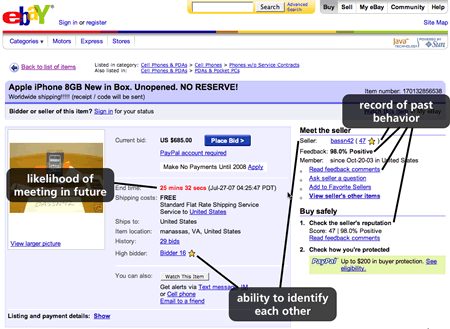November 27th
Social Design Reading List
Just in time for the holidays, I’m releasing a much requested feature here at Bokardo:
Over the past few months, lots of folks have asked me for a social design reading list. I started putting one together a while back, but it’s a lot more work than I originally anticipated. It’s hard to put together a decent list of books on a subject that doesn’t quite exist while also keeping that list to books you’re familiar with while also making sure those books are good.
As you browse the reading list, you’ll notice a few things. One is that almost all the books are soft-cover and relatively inexpensive ($10-$20). I tried to include easy-to-read books that you can take with you while traveling or actually hold up in bed. Second, you’ll notice there are only a few books on social theory and design. That’s because there just aren’t that many! I have included a lot of other web & interface design/development books I have found value in, so this isn’t exclusively a social design reading list. And, of course, people building social web applications have to do all the other parts of design as well.
If you do know of some books that should be added to the list, please let me know either in the comments or by contacting me. So far I’ve kept the list to books that I know and have read (at least parts of all of them). I’m sure there are others, but I didn’t want to include all books about social media, I only wanted to include the very best ones.
Why did I do this as an Amazon astore?
Continue Reading: Social Design Reading List

